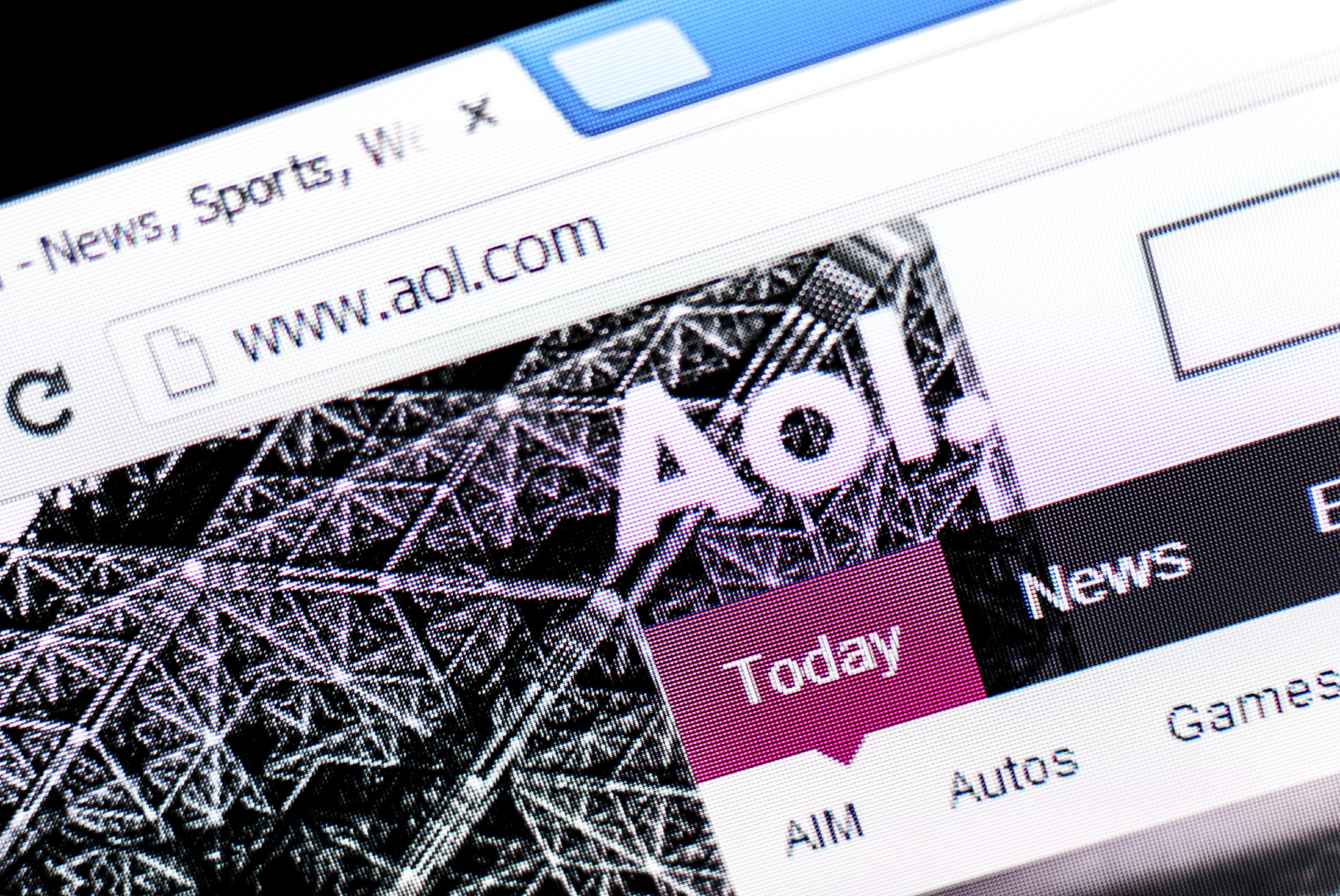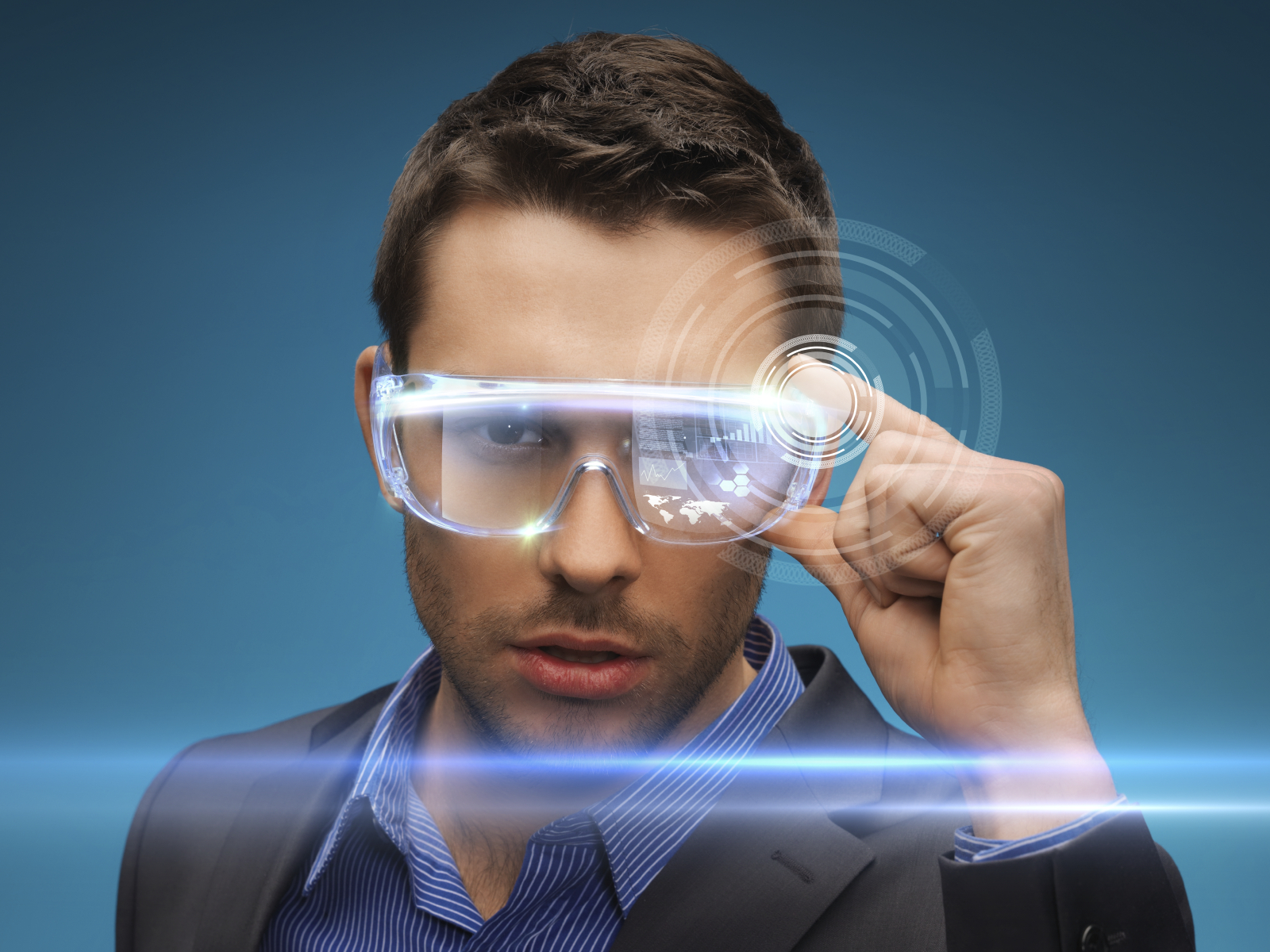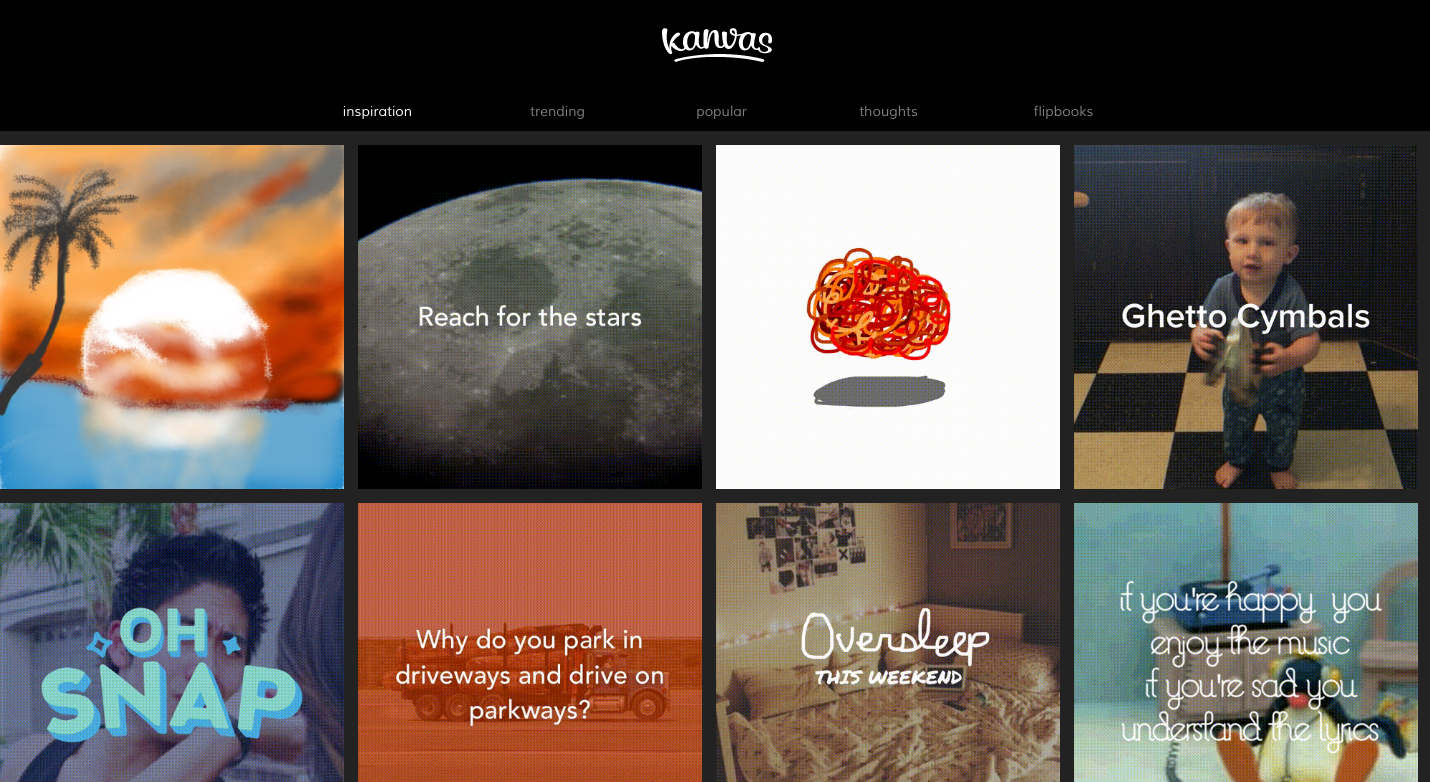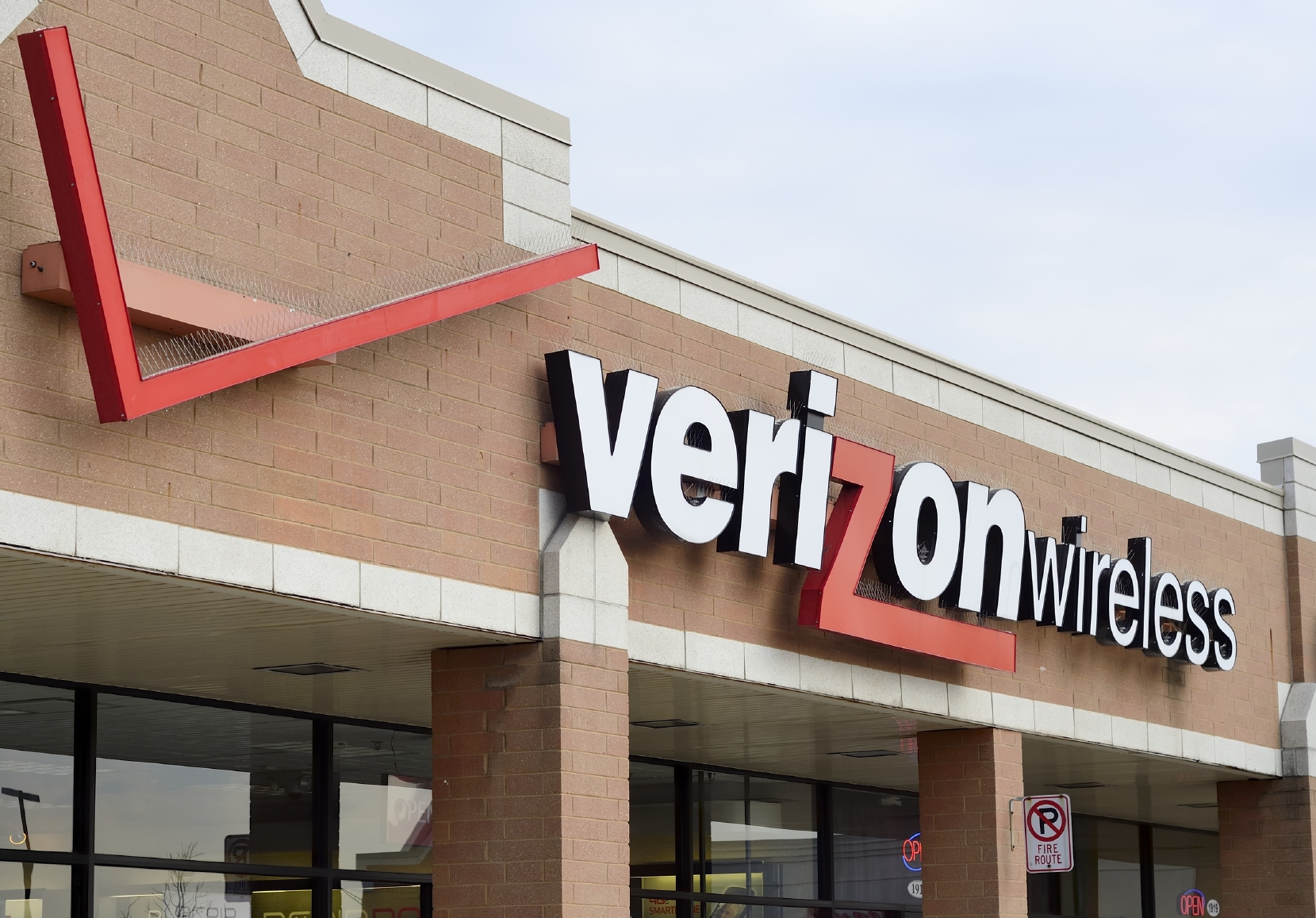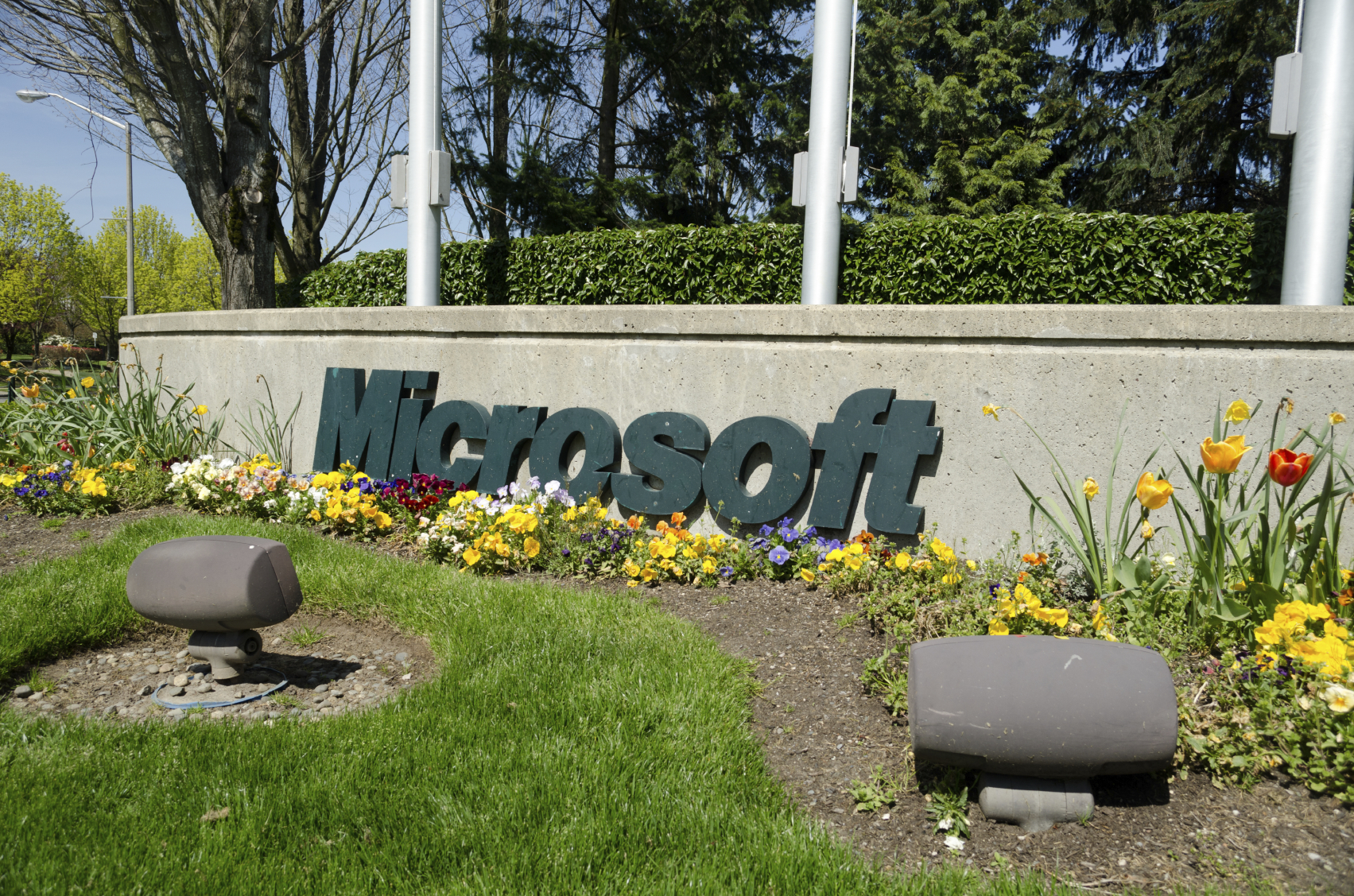What Happened
American Family Insurance (AFI) is teaming up with AOL for a first-of-its-kind partnership that dives into immersive branded content. AFI will be working with AOL’s Partner Studio and HuffPost RYOT to develop a three-part, branded VR series on inspiring dream-chasers, 360-degree video ads that will be served across AOL’s ad network, as well as research on new metrics for 360 and VR video engagement.
What Brands Should Do
This partnership marks a big step for AOL as it looks to build a leading content creation platform for brands. And AFI is smart to leverage the power of VR and 360-degree content to tell inspirational stories that are tied to its brand message. As VR and 360-degree content continue to gain traction among consumers and publishers, brands need to start working with content creators to craft narratives that engage and resonate with their audiences.
The Lab currently has four VR headsets — an Oculus Rift, an HTC Vive, and two Samsung Gear VRs — ready for demos. Virtual reality is something that has to be experienced to be understood, so come by the Lab and ask for a VR demo to get a hands-on experience and figure out how your brand can use it to excite and engage with consumers.
Source: BusinessWire
